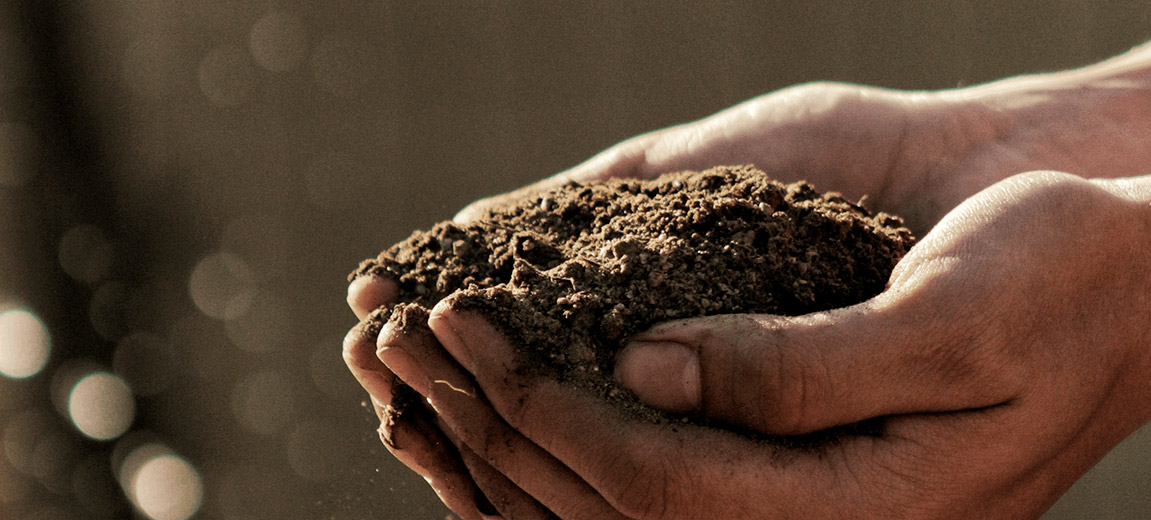The Amazon jungle surprises with its untamed diversity of flora and fauna. However, the soil layer in these humid forests is thin and not fertile. The strong vegetation of tropical plants is a result of the constant high humidity, temperature, and natural fermentation of decaying biomass. It is almost impossible to practice agriculture in this territory.
In 1542, the Spanish conquistador Francisco de Orellana traveled the entire length of the Amazon during his expedition in search of the legendary El Dorado. In his account, he described vast garden cities inhabited by millions of people who actively engaged in agricultural development and biome maintenance. However, none of the subsequent expeditions could confirm Orellana’s report.
Only a few centuries later, the Portuguese, venturing deeper into the territory of modern-day Brazil, encountered biotopes with highly fertile soil, reaching an impressive depth of up to 2 meters and possessing self-healing capabilities. This miraculous soil came to be known as “Terra preta do indio” – “the black soil of the Indians.”
Since the 19th century, Terra Preta has been actively exported and sold from the Amazon region. In the 20th century, its anthropogenic and regenerative effects were confirmed. It was also discovered that the composition of the original Terra Preta matches that of yellow and red soils (unsuitable for cultivating agricultural crops) prevalent in South America. The only difference is the presence of charcoal in Terra Preta.
Charred but not fully burned organic waste has also been found in the miraculous soil. This substance can retain moisture and minerals for a long time, thereby accelerating plant growth and improving their quality. As it ages, its properties become even more pronounced. The indigenous people of the Amazon even produced a prototype of biochar by heating residues of excrement and animal carcasses in closed earthen ovens at low temperatures. The resulting substance did not burn untreated biomass and was not washed away during tropical rain showers, unlike traditional ash.
In our era, industrial production of Terra Preta using biochar has been initiated. Depending on the production technology, biochar with properties identical to the activated charcoal used by the indigenous people can be obtained. Biochar itself is not a fertilizer but rather a nutrient, as well as a moisture and habitat for beneficial microorganisms. Therefore, it is enriched before use. The enriched biochar is then mixed and composted with plant biomass. The finished compost is utilized as an organic fertilizer, transforming ordinary soil into fertile Terra Preta.


 Deutsch
Deutsch